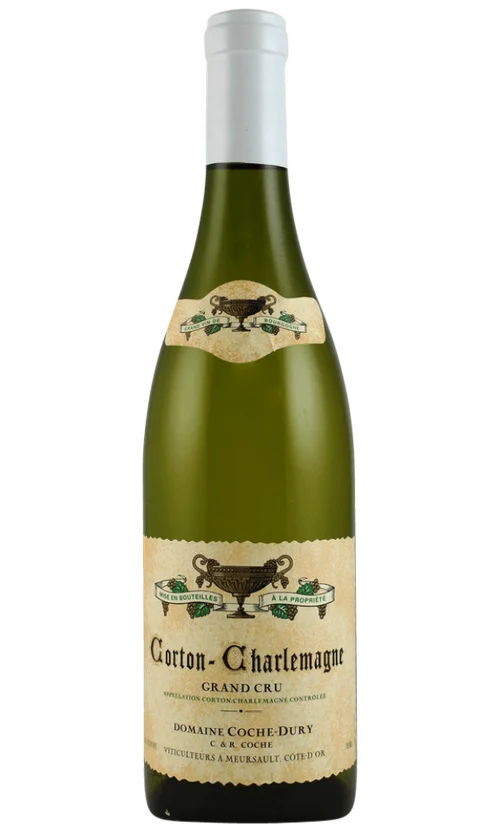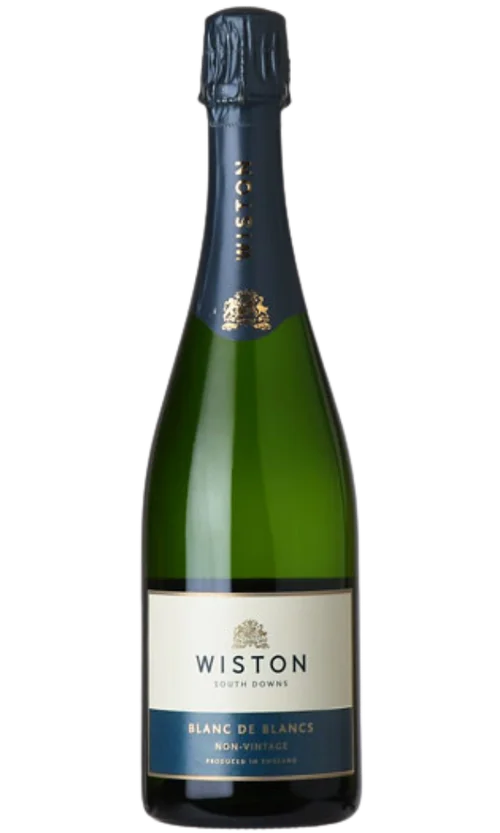About Chardonnay

Varietal Facts
From lean, minerally and acidic to full, fruity and oaky, depending on region and style
Chardonnay Facts
Chardonnay Flavor Profile
From lean, minerally and acidic to full, fruity and oaky, depending on region and style
The Origin of Chardonnay
Burgundy and Chablis. While the origins of the wine grapes were disputed for many years, with some speculating that the grape came all the way from the Middle East, DNA researchers at the University of ~California Davis proved in 1999 that Chardonnay actually developed, most likely, in eastern France, as a cross between a member of the "Pinot" family and an ancient, and nearly extinct variety called Gouais Blanc.
Top Regions where Chardonnay is Produced
Chardonnay from Burgundy
Wine lovers who have come to think of Chardonnay as weighty and thick will find Chablis a revelation. When grown in the cool, clay-and-chalk soils around the sleepy wine region of Chablis, at the northern reach of Burgundy, Chardonnay is transformed into one of the world's most cerebral and distinctive white wines. With its brisk citrus character, floral lift, and incisive minerality, Chablis is at once sharper and more delicate than white Burgundy from the Cote d'Or nearly 100 miles to the southeast -- and potentially at least as long-lived. And Chablis is about as far removed from fruit and oak-driven New World Chardonnay as a white wine can be.
Chardonnay from California
As recently as fifteen years ago, the American market had an unquenchable thirst for Chardonnay, particularly for California wine. Today, although Chardonnay is still the most widely planted variety in California in terms of acreage, serious wine aficionados rarely talk about Chardonnays other than those from a handful of specialist producers. Even at the level of the mass market, many consumers have tired of overly alcoholic, over-oaked, and clumsy wines, not to mention neutral, technically correct but soulless examples. Many wine drinkers have moved on to fresher, less oak-influenced white wines such as Sauvignon Blanc. This is a shame, as the trend has turned toward brighter, better-balanced Chardonnays from cooler sites, with crisper fruit aromas, more soil character, and less reliance on new barrels for flavor.
Still, it's a two tier market. A relative handful of producers make wonderfully layered, complex Chardonnays that can easily hold their own against more expensive white Burgundies, at least in their early years in bottle. These wines, which can be richer than dry whites have any right to be, are among the most impressive wines made in California today and continue to be hotly pursued by collectors. The rest of California's Chardonnay producers compete for the attention of consumers who are no longer obsessed with this grape.
But there are now many excellent choices available, many from areas with a cooler climate. Lower elevations of Napa Valley have virtually been abandoned as appropriate sites for Chardonnay. Now the best wines come from the Russian River Valley and further west in Sonoma County; Carneros, the Anderson Valley to the north; and the Central Coast, especially the windy western portion of Santa Barbara County. Today, there are fewer blowsy, tropical-fruity Chardonnays with the alcohol levels and flavors of a pina colada and many more wines with fresher stone and citrus fruit elements, mineral notes, and restrained oak spice.
While most California Chardonnays should be consumed within two or three years of their release, the top examples can give pleasure for four to eight years, although it is debatable whether these wines gain more in texture and complexity than they lose in early fruitiness.
Chardonnay from Washington
Just north of California, Chardonnay is by a wide margin Washington's most popular white variety in terms of vineyard acreage, yet the number of truly concentrated and consistently excellent wines is limited. Some of the most interesting Chardonnays come from the cooler Columbia Gorge viticultural area, which spills over into Oregon: the Celio vineyard in particular is the source of some very fresh wines that often show a juicy nectarine component.
Chardonnay from Australia and New Zealand
On the other side of the world, the export market for Australian Chardonnay was driven in the 1980s by what is called the Show Reserve style -- attention-getting wines made for competitive tastings, usually marked by lavish oak spice, superripe tropical flavors, thick textures due to high alcohol, and sometimes even a bit of residual sugar to seduce early tasters. These wines can be difficult to take, either at the table or on their own. For better or worse, though, this is the style that defines Australian Chardonnay for many North American wine lovers. Fortunately, many producers have adjusted their wine-making regimens to make fresher, more vibrant, and energetic Chardonnays. The most obvious strategy has been to plant Chardonnay in regions and in microclimates better suited to making elegant wines with real flavor intensity than those with brute strength. Western Australia, particularly the Margaret River region, has emerged as a top growing area for Chardonnay, with superb wines also being produced in Victoria and the Adelaide Hills. Tasmania is showing promise as well.
Even if it is the country's second most important variety wines in terms of production, Chardonnay in New Zealand is of limited interest to international markets. Few sites appear capable of producing truly distinctive Chardonnay wines with good wine ratings, and full crop levels and a high percentage of young vines further limit the grower's ability to transmit soil character into the bottle. Some wineries slap a lot of oak on their Chardonnays, with the result that the wines can be more about wood than about the grape variety. But fresh, unoaked Chardonnays made in a Sauvignon style have attracted a following in North America, especially where prices are reasonable.


























